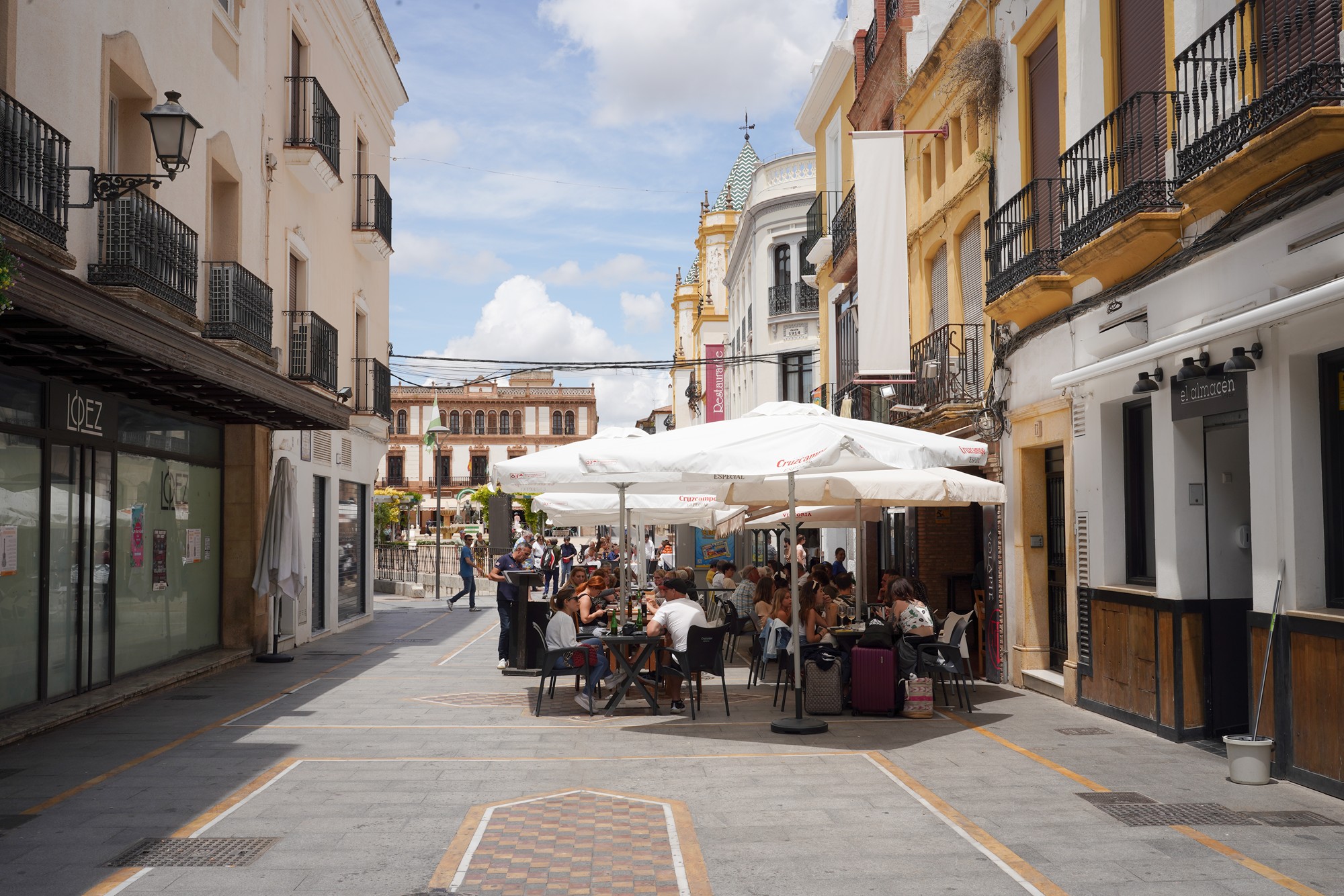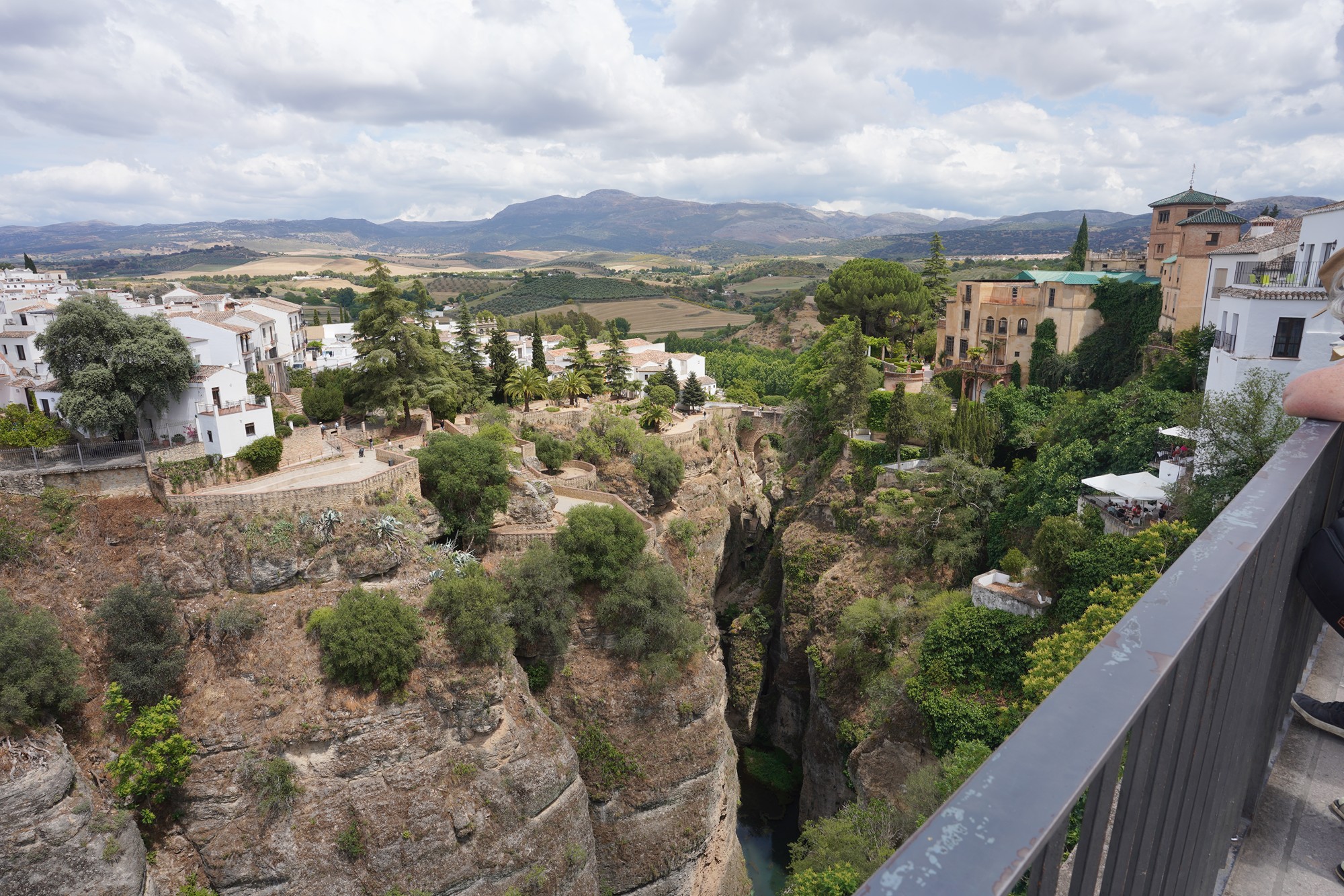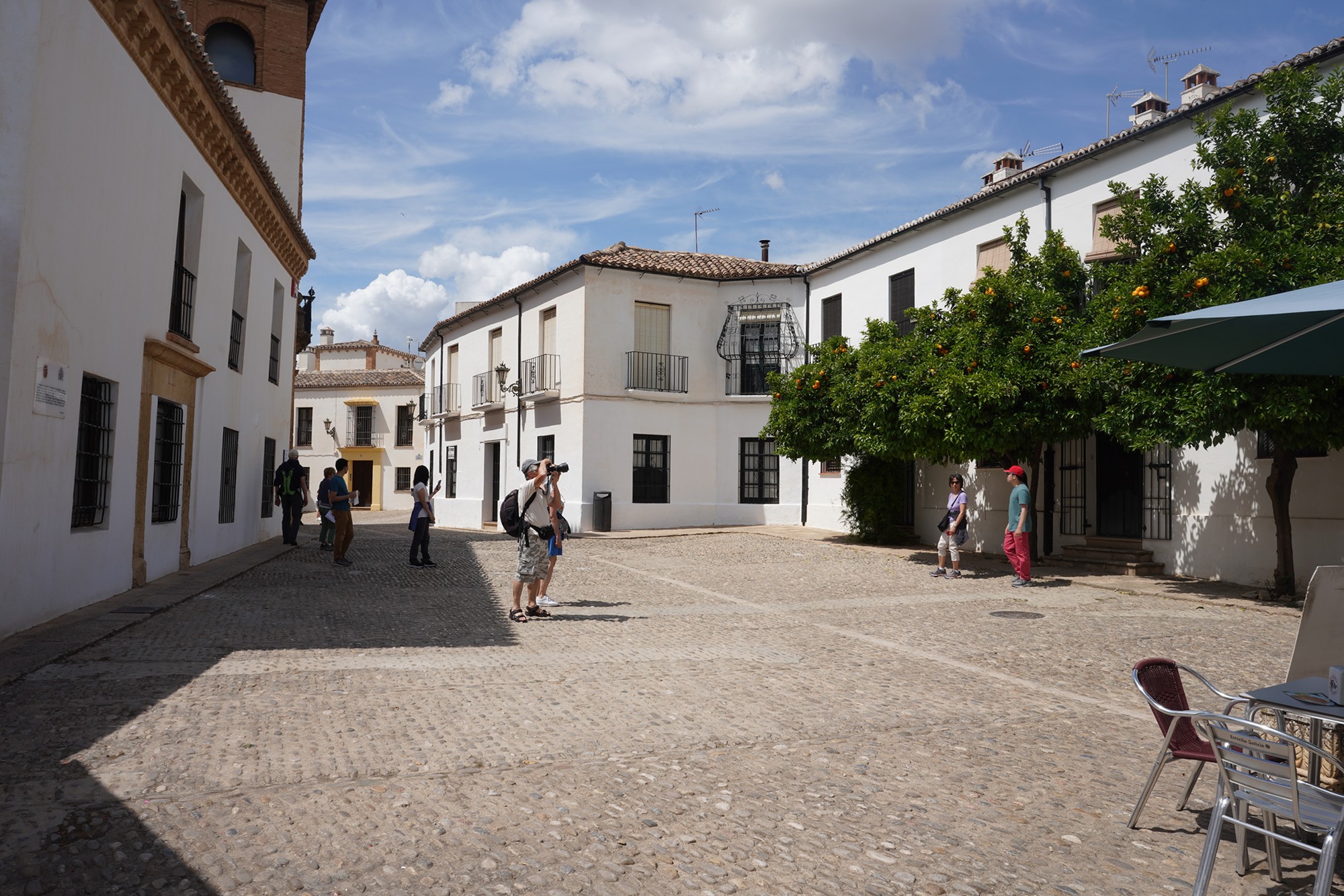Ronda Walk, Ronda, Spain
Ronda is known for its stunning location, perched on the edge of the El Tajo Gorge, which divides the city into two parts. The iconic Puente Nuevo (New Bridge), a stone bridge built in the 18th century, spans the gorge and offers breathtaking views of the surrounding countryside. 687
Ronda: 29400 Ronda, Málaga, Spain
Date Picture Taken: May 2023
Due to its picturesque beauty, Ronda attracts a significant number of visitors each year. It is a popular day trip destination from cities like Málaga, Seville, and Granada.
Walking to Bullring of the Royal Cavalry of Ronda



Looking at a side street





The Bullring of the Royal Cavalry of Ronda.
The Plaza de Toros (bullring) in Ronda occupies a very special place in modern Spanish culture and history as the home of the Rondeño style of bullfighting and also of the Real Maestranza De Caballería De Ronda. The bullring was built entirely of stone in the 18th century, during the golden years of Pedro Romero’s reign as a champion bullfighter.












It has a small museum on Bull Fighting

















Front of the Bull Fighting Arena

Back to the rear side to get to the cliff, which is nearby







Walked along the cliff to reach the bridge


The Puente Nuevo (New Bridge) spans the El Tajo Gorge, which divides the city of Ronda into two parts. The bridge connects the old town, La Ciudad, with the newer part of the city, El Mercadillo. Construction of the bridge began in 1751 and was completed in 1793, taking over 40 years to finish.




Walking across the bridge. The view from the other side of the bridge



Looking back

Keep walking to the other side (to the old town)

The view from the other side



Keep walking to Iglesia de Santa María la Mayor (a church)

A side street






Iglesia de Santa María la Mayor.
The construction of the church began in the 14th century, and it underwent various renovations and additions over the centuries. The architectural style of the church is predominantly Gothic, although it incorporates elements of Renaissance and Baroque styles due to the modifications made during different periods.
The Iglesia de Santa María la Mayor has historical significance as it has witnessed various important events throughout Ronda’s history. It served as a mosque during the Moorish period, and after the Reconquista, it was converted into a Catholic church. It has been a witness to religious ceremonies, cultural events, and moments of both joy and sorrow for the people of Ronda.
Taking pictures inside the church was not allowed.






Looking back

Walking to Mirador de María Auxiliadora to see the cliff again



Mirador de María Auxiliadora



Walking back to the bridge





At the bridge



Plaza Espana

